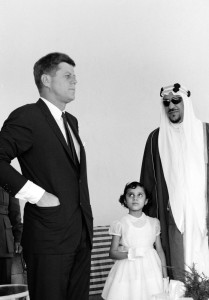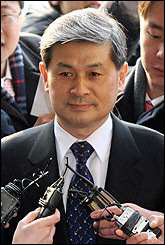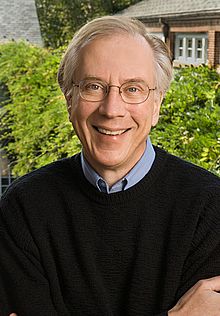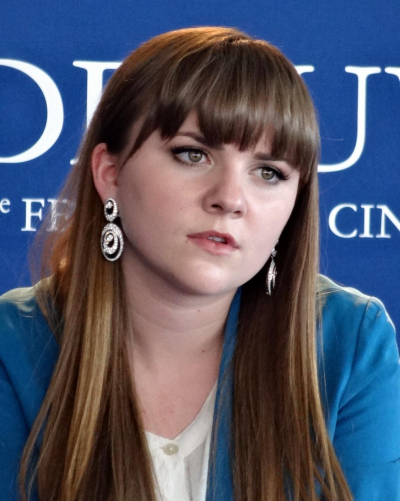The respective head of the House of Wittelsbach appoints the board of directors of the foundation Wittelsbach Compensation Fund, into which most of the possessions from the former Wittelsbach House Property Fund were transferred in 1923, including art treasures and collections (in particular the art collection of King Ludwig I, today mostly in the museums Alte Pinakothek and Neue Pinakothek and in the Glyptothek in Munich), the Secret House Archives (today a department of the Bavarian State Archives) and the former royal palaces of Berg, Hohenschwangau (including the Museum of the Bavarian Kings), Berchtesgaden as well as Grünau hunting lodge.














